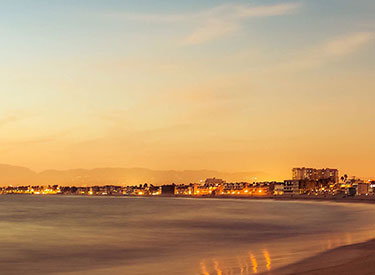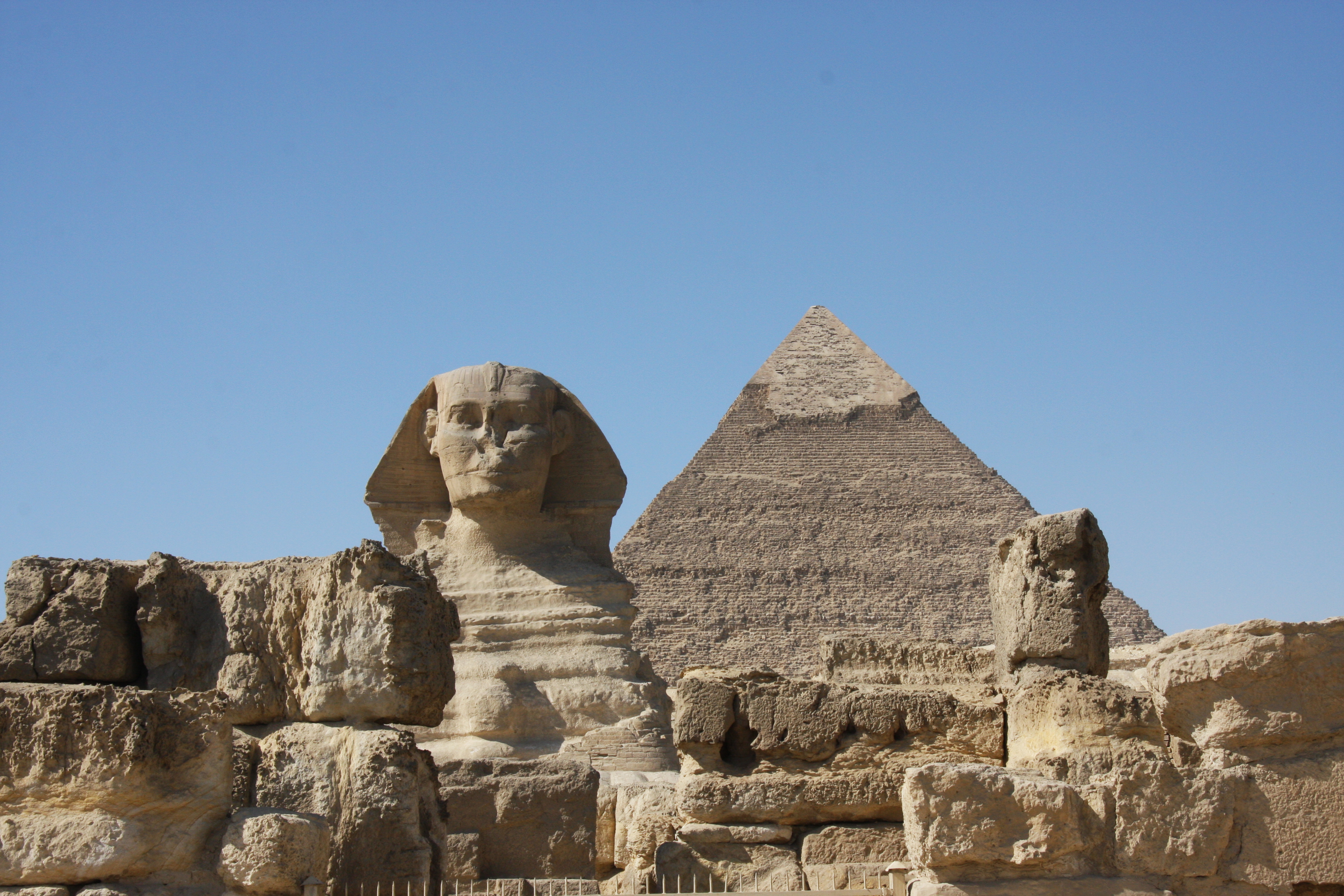


The UNESCO (United Nations Educational, Scientific and Cultural Organization) is a UN agency dedicated to ‘the building of peace, the eradication of poverty, sustainable development and intercultural development through education’. The agency’s list of World Heritage Sites include places that hold special cultural or physical significance to humanity.
Listed below are UNESCO World Heritage sites from each continent. Contact your ‘own’ personal travel manager to find out which site is near your next holiday destination.
Asia
The Taj Mahal is India’s most recognisable landmark, attracting 4,000,000 visitors a year. Shah Jahan built the elaborate tomb in 1653, taking 20,000 workers and 1,000 elephants 22 years to complete. The mausoleum was built for Shah Jahan’s wife, who died giving birth to their 14th child, and remains a dedication to his unrequited love. The Mughal temple’s exquisite inlays displays 28 different precious stones and appears to change colour with the time of the day. The Taj Mahal became a UNESCO World Heritage Site in 1983, single handedly propping up Agra’s tourism industry.
Africa
The Great Pyramid of Giza, Egypt, was built by an army of 200,000 slaves in 2550 BC. The pyramid, built as a tomb for the fourth dynasty pharaoh Khufu, is thought to weigh 5.9 million tonnes and originally stood 147 meters tall, making it the tallest man-made structure for nearly 4,000 years. The pyramid consisted of three burial chambers and had a giant swiveling door, however today visitors enter through the Robbers’ Tunnel.
The site was added to the World Heritage List in 1979 ‘recognizing the universal admiration for the Pyramids, their antiquity and the exceptional civilisation they represent’.
North America
The Statue of Liberty is a 350-foot effigy of Libertas, the Roman Goddess of freedom. The statue, designed by Frederic-Auguste Bartholdi, was a gift from France in 1886 to commemorate American independence and the abolishment of slavery. The figure greeted European immigrants arriving from across the Atlantic and quickly become as synonymous with European migration as it was with freedom.
Approximately 4,000,000 tourists visit the statue each year, with the crown accessible by 354 stairs. Access to the crown is limited, but provides spectacular views over the Atlantic.
The statue, officially named ‘Liberty Enlightening the World, became a UNESCO World Heritage Site in 1984 as a ‘masterpiece of the human spirit’. In the same year, the original torch was replaced by a new version covered in 24 carat gold.
South America
Peru’s Machu Picchu is located 2,000 feet above sea level, between the mountains of Machu Picchu and Huayna Picchu.
The ancient city is the pinnacle of Incan urban planning, built in the saddle of the two mountains around 1450. Despite the strategic location of the city, the community was abandoned by 1572 after the colony was decimated by smallpox. American historian Hiram Bingham bought the lost city, thought to consist of 200 buildings, to international attention in 1911 and by 1976 thirty percent of Machu Picchu had been restored.
400,000 visitors a year access Machu Picchu, with the majority walking along the Inca Trail. Uncontrolled tourism has resulted in the accelerated erosion of the city and from 2011 entrance has been limited to 2,500 people a day.
Europe
The Piazza del Duoma is a plaza in Pisa dominated by four medieval monuments; the cathedral, the baptistery, the cemetery and the campanile. The campanile, known colloquially as the leaning tower of Pisa, is the most renowned monument in the set, thanks to the structure’s unworldly bend.
Built between the 11th and 13th centuries, the buildings exhibit an unprecedented fusion of Islamic and Christian architecture. The cathedral and baptistery share axial alignment while the marble walls of the cemetery shape the monumental area.
The campanile famously leans thanks to its subsiding foundation and the cemetery, built for Pisa’s elite in 1278, contains prime example of medieval artwork.
The quartet of medieval masterpieces had a deep influence on Italian artists, including the founders of The Renaissance.
Australia
Construction of the Sydney Opera House began in 1959 and took 14 years to complete. Despite a budget of $7,000,000 the Opera House cost $102,000,000, engaging 10,000 workers.
Situated in Sydney’s idyllic harbour, the Sydney Opera House host’s roughly 3,000 events each year, attracting an annual audience of 2,000,000.
Added to the UNESCO World Heritage List in 2007, its significance is based on unparalleled design and construction, making it a masterpiece of 20th century architecture.
Find out more from your local, personal travel manager. Visit http://www.travelmanagers.com.au/ptm-search/